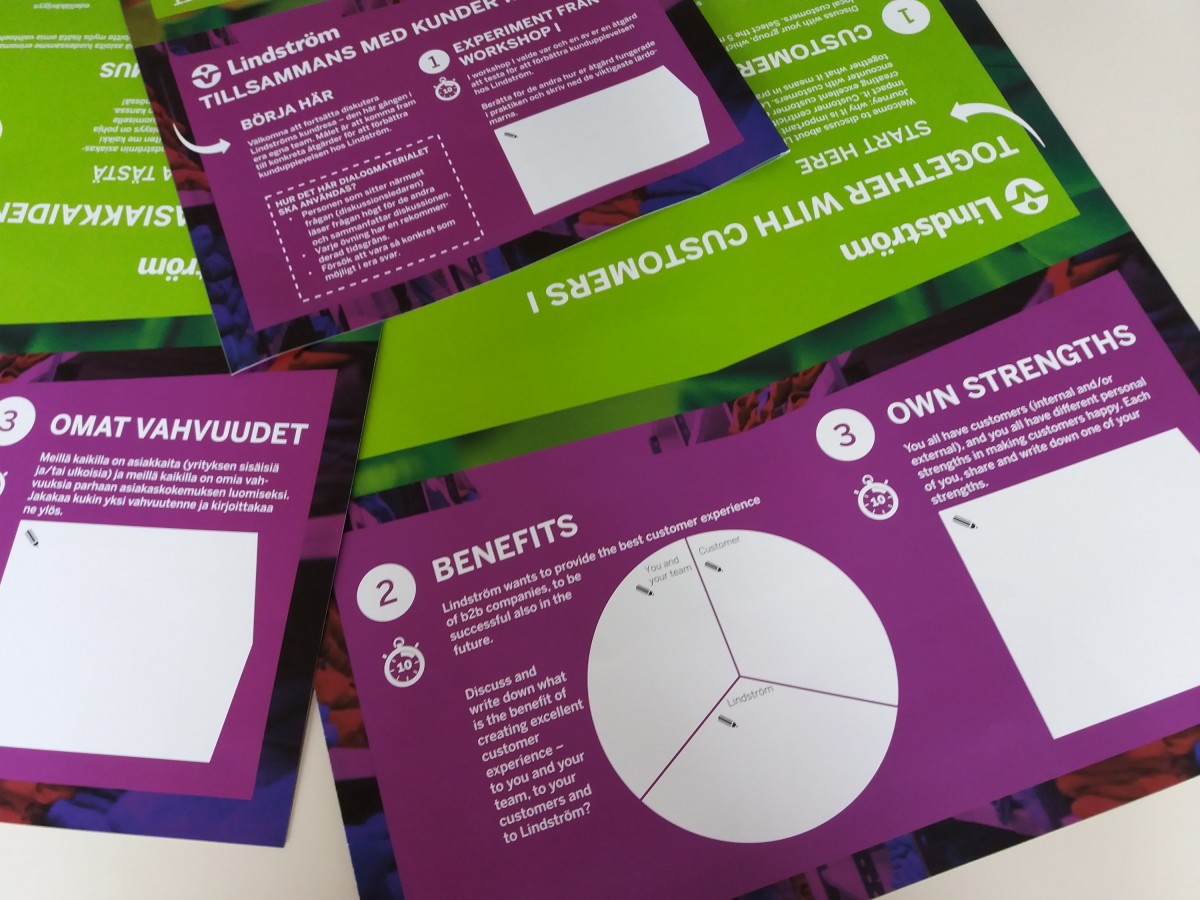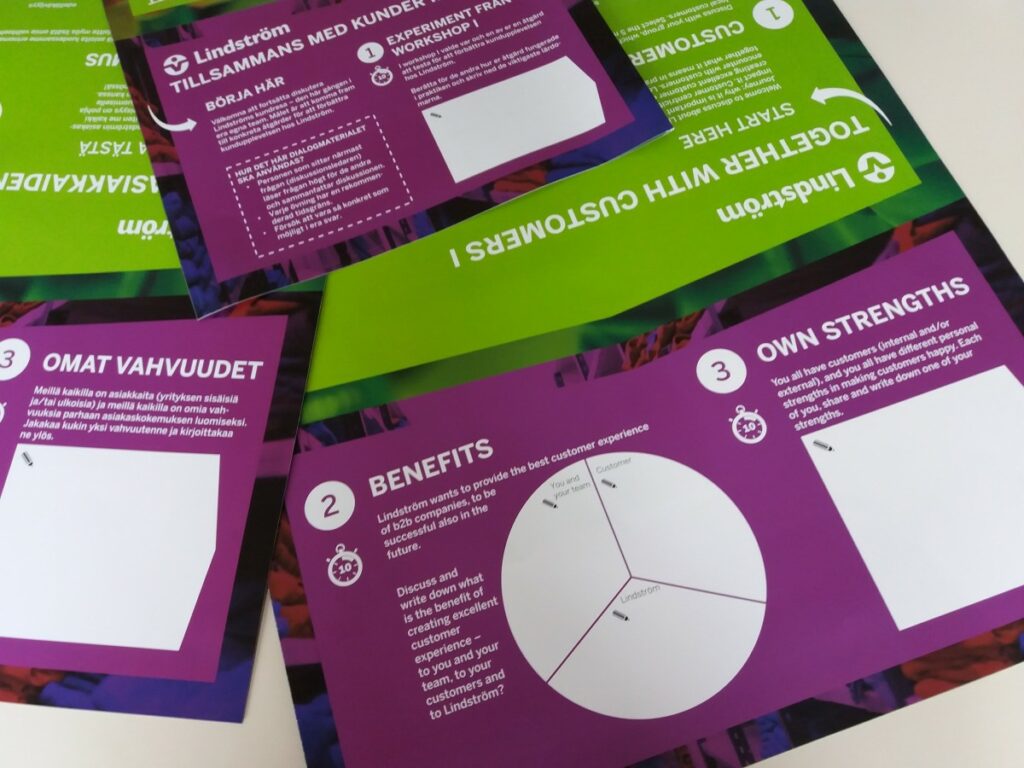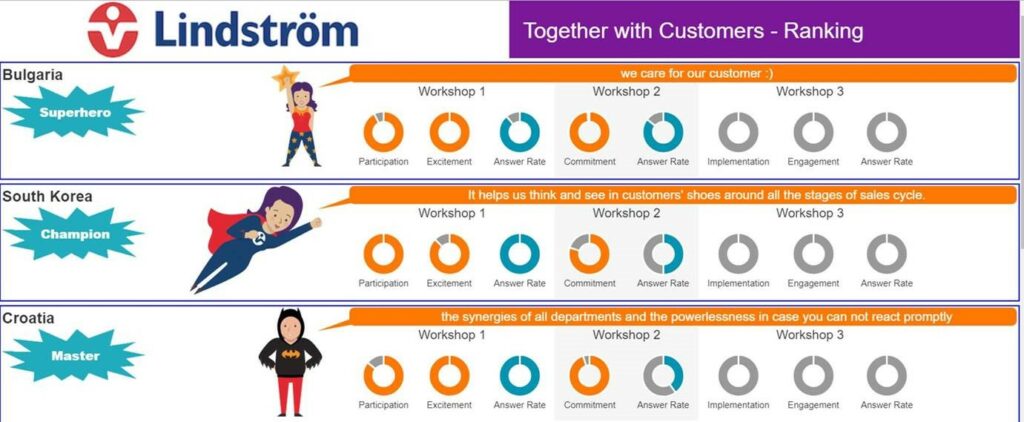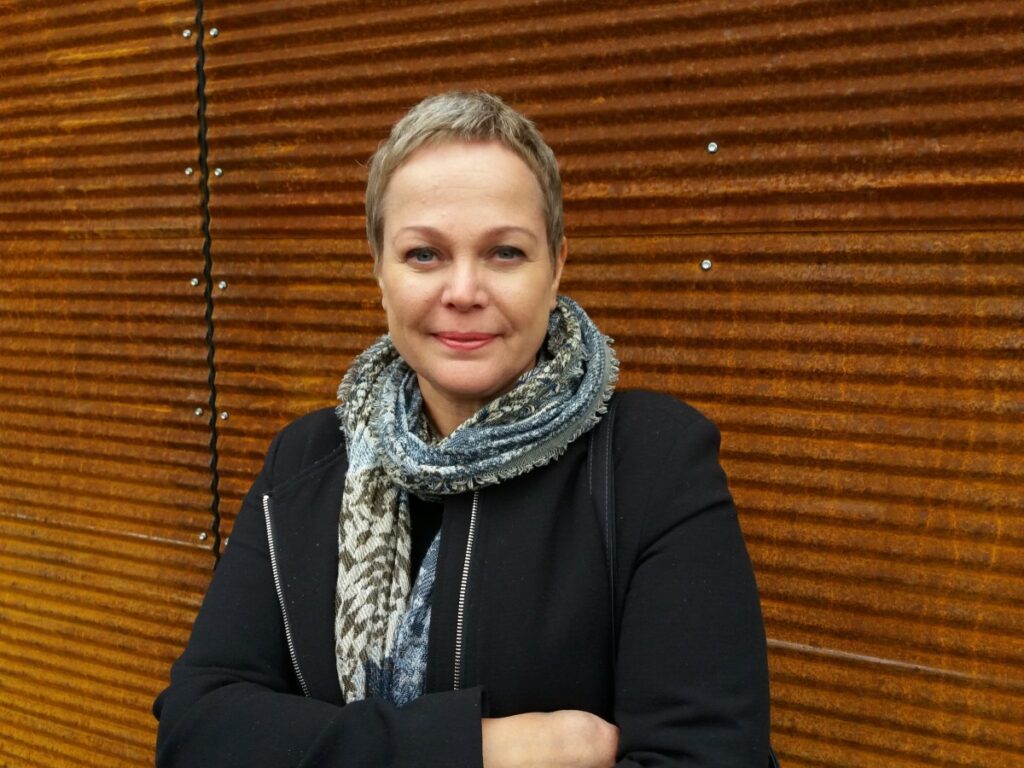Successful integration, part 1/3 – integration doesn’t happen by itself
27.1.2021 This blog post is part of a three-part blog series on integrations and dialogical methods. The first part of the series is about integration in general, the second part is about dialogical methods, and the third is about the successful implementation of integration through a practical case example. The next part of the series will be published on February 5, 2021.

January 27, 2021
Companies are bought, sold, and merged frequently. However, studies, such as the KPMG study in 2018 show that integrations are successful in reaching their goals in only about half of the cases. Changes required in integration often focus only on valuation, contracts, and financing. Companies see room for improvement, especially in integration planning, related communication, and cultural integration.
Investing in the actual integration and taking the related elements into account makes it possible to achieve both the financial and other goals set for the integration.
In integration, the organizational structure, operating models, and methods, as well as the guidelines and systems of two different companies or functions, are combined. A successful integration guarantees the best possible start for the integration of the companies’ operating cultures. Due to the importance of integration, it is essential to pay attention, early in the negotiation and contract phase, to what is expected to happen in the organization after the transaction is completed.
Another point that draws attention to KPMG’s research is the use of external help in the integration phase. 88% of international organizations use the expertise of a party outside the organizations to ensure the success of the integration. In Finland, only 37% of organizations do this.
SUCCESSFUL INTEGRATION REQUIRES WORK AT THE PERSONNEL LEVEL
A well-implemented integration is an opportunity to grow the organization and create a new culture of working together. From the employee point of view, successful integration also offers an opportunity to deal with the concerns related to the change and to realize the possibilities brought by the new situation.
If there is a need to integrate the organizations’ operating models, processes, and tools, it is worth investing in them as soon as possible after initiating the change. The most fertile ground for changes that involve personnel who are transferring is early in the process. This applies to solutions that change the organizational structure, teams, personnel tasks, operating models, and guidelines.
To make it easy for the receiving organization’s personnel to accept new members of the work community, their thoughts must be listened to, and their needs taken into account.
Regarding integration, it is essential to remember that good planning is important and that the promises made when the integration is announced are redeemed only by actions.
INTEGRATION SHOULD BE LEAD
The elements needed in integration can be viewed from several different perspectives. Practical matters include premises, machines, equipment, and systems. The organization, front-line staff, and management also require special attention to ensure the success of the integration. It is also necessary to think about possible updating needs of the management system in the new situation.
To get genuine cooperation and a sense of community off to a good start, special attention must be paid to the transferring and receiving personnel and their different needs. The moving staff should be offered situations where they can ask questions, reflect on the changing situation, and direct their thoughts to the new ways of working. These situations can be discussions in a small group or individually. The essential thing is to provide a space where people can talk about their worries and get excited about the opportunities brought by the new situation. The receiving personnel often have similar concerns and questions about the integration, and they also will need to be heard and allowed to process the change.
In addition, the integration must offer encounters for both personnel groups. At their best, such encounters are interactive, well-planned, and -prepared so that they create a shared understanding and a joint future in goal- and solution-oriented ways. At its simplest, encounters can be facilitated discussions. More comprehensive and scalable encounters can be arranged using the dialogical method (see info box below) that works even for large groups.
In addition, open, professional, predictable, and planned communication is needed. Regarding change communication, the most crucial element is the regularity of communication. If there are prolonged breaks in communication during the change process, people tend to read this as concealing information and hiding things. In change communication, it is important that if there is nothing new to communicate, the fact that there is nothing new to share is nevertheless communicated.
- The dialogue method is based on pedagogically designed and co-created dialogue tools used in peer discussions in small groups.
- Dialogue tools enable a solution-oriented, meaningful, and goal-oriented discussion about common topics, such as a new strategy or working methods. Topics are agreed upon with the customer as part of the joint planning process. This ensures that the content responds to a genuine need, adding more value to the organization and the participants.
- Dialogue tools are designed to be pedagogically insightful and visually inspiring, utilizing the best practices of adult learning.
- Dialogue tools are designed in virtual and physical form, and the most suitable method for each situation is chosen. This enables an easily scalable interaction process throughout the organization – also in different languages.
- Exciting and engaging peer discussions leave a more positive lasting memory and thus optimize the time spent on the workshops vs. effectiveness.
Case Lindström Group: How can a global company reform in a cost-effective, agile and scalable way?
16.10.2018 Read how the customer experience development project was implemented in 24 different countries using Dazzle’s concept of dialogue renewal!

October 16, 2018
During the last year, Lindström Group has invested heavily in developing the customer experience. The development project intended for the entire staff gathered Lindström people working in different functions around the same table in 24 different countries. Dazzle facilitated the project, and the tools used were co-designed with Dazzle and Lindstrom representatives. Why did Lindström Group start the project, and how was it implemented?
A SATISFIED STAFF CARES ABOUT CUSTOMERS
“We strongly believe that satisfied personnel produce the best customer experience. The goal of our strategy is to become more customer-oriented and help our employees internalize what caring (We care) means in practice. Senior Vice President Jari Vihervuori from Lindström Group explains the development project.
Jari Vihervuori, who has had a long career in various positions at Lindström, is responsible not only for Baltic and Finnish business but also for HR at the whole group level, as well as developing the customer experience according to the vision.
“Lindström has invested in the service culture before, which is not new for us in that sense. Long-term customers have been valued throughout the company’s history. Now, however, we work for a growing international company that has entered the big market, and we have new employees all the time.”
“We believe in the Lindström way of working and want to implement it globally. Of course, the solutions may be different in different cultures, depending on the stage of market development. That’s what we’re looking for, that we could develop the service offering in each country according to what the customers’ needs are”, Jari Vihervuori describes the situation.

THIS IS HOW IT WAS DONE
Dazzle facilitated the co-design process, where the entire project was developed together with Lindström representatives. The implementation and structure of three different workshops and the dialogue platforms used in them were first tested in Finland, India, and the Czech Republic. Based on the feedback received from the tests, the whole process and dialogue platforms were further refined and improved. After that, the dialogue platforms were translated into different languages, and facilitators selected from volunteers were trained via Skype to facilitate the dialogue workshops.

Customized and jointly designed dialogue platforms were used in the workshops. They were translated into 20 different languages so that employees could more easily discuss the topic in their native language.
Customized and jointly designed dialogue platforms were used in the workshops. They were translated into 20 different languages so that employees could more easily discuss the topic in their native language.
“The goal of the first workshop was to strengthen cooperation between different teams in Lindstrom. Therefore, groups were formed from a mix of employees working in different functions and professions. Their task was to understand what customer experience is in general, what benefits it has for different parties, and what it means in their own work. With the help of the dialogue platform, we focused on the different stages of the customer path and the feeling that we wanted to evoke in the customer,” describes Heli Vähätiitto from Dazzle.
In the second workshop, the supervisors deepened the theme with their own team. The goal was to agree as a team on how to advance the agreed matters and to decide what to focus on. During this type of workshop, each participant takes turns leading the conversation so that no one in the group remains a free rider.
“When everyone participates actively, it builds commitment. When you want genuine change, everything that happens between and after the workshops is also important,” emphasizes Heli Vähätiitto.
In the second workshop, each team agreed on how they will enhance a better customer experience in practice and what they intend to focus on. The follow-up workshops of the third phase will be implemented this fall.
GAMIFICATION IS TESTED IN THE INTRANET MONITORING
In order to monitor the project and motivate the employees, a gamified view was created on Lindström’s intranet with BEL Solutions. The view shows, in a fun visualization, for example, which country is leading the competition, how excited the teams are, or how many of the intended tasks have been implemented. In this way, feedback also from superiors can be collected easily.

THE SIGNIFICANCE OF COOPERATION WAS SEEN IN THE FEEDBACK
In the first phase, the participation rate of the teams was 80%, which quality expert Kati Guttormsen-Rajala thinks can be considered a good achievement. He has experience in many types of implementation projects at Lindström Group.
“It is challenging to get employees who work in shifts, production and distribution service, to attend the workshops when someone always has to keep the wheels turning. However, It is important for everyone to get an overall picture of what is done in the company and to realize what the work of others is like and how one’s own work affects the whole.”
“The most significant result was that the importance of cooperation was realized. Just getting to know people who do different types of work and their job descriptions was the most rewarding, according to the supervisors’ feedback. It broadened the concept of doing things together and gave an understanding of the significance of one’s part in it. Many people doing different jobs sat at the same table for the first time. The workshops and methods were also praised in the feedback,” says Kati Guttormsen-Rajala.
According to Kati’s observations, getting to concrete matters with your own team in the second workshop is already a degree more difficult. “It is easy to get to the point of what we think, but we should still be able to take the next step, i.e., how to advance customer focus as a team in practice.”
Jari Vihervuori participated in the pilot phase of the workshops, improving the content and the actual workshops.
“Developing the customer experience is close to my heart, and it was really rewarding to be able to discuss it with others at the workshop.”

”Lindström Group’s global customer experience development project for the entire staff was rolled out in a year. The fast timeframe brings challenges to the development work, but will it get better if the schedule is stretched”, asks project manager Kati Guttormsen-Rajala. “We already had good experiences with gamification, and that’s why we wanted to return to it.”
LINDSTRÖM GROUP IN BRIEF
Industry: Work clothes, carpets, hygiene, industrial towels, restaurant textiles, and personal protective equipment services for companies.
Turnover: EUR 358 million (2017)
Domain: 24 countries in Europe and Asia
Employees: about 4,000
Founded in Helsinki 1848 (Carl August Lindström)
